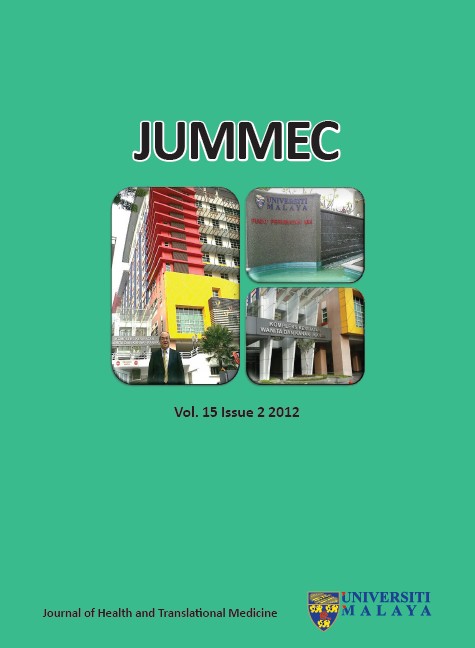A STUDY COMPARING THE EFFECTIVENESS OF THE FELDENKRAIS METHOD VERSUS THE STANDARD PULMONARY REHABILITATION PROGRAM IN IMPROVING THE BORG SCORE AND 6 MINUTE WALK IN PATIENTS WITH CHRONIC OBSTRUCTIVE PULMONARY DISEASE (COPD)
Abstract
INTRODUCTION:
Although the Feldenkrais method of rehabilitating chronic obstructive pulmonary disease (COPD) patients have been suggested, its use among practitioners is not widespread owing to preference of the more familiar standard program presently available. Several advantageous of the Feldenkrais Method have been suggested which includes improving the efficiency of movement, posture and, breathing. However how this compares to the standard rehabilitation protocol or pulmonary rehabilitation program (PRP) have not been previously demonstrated. The present study was thus conducted to compare the effectiveness of the Feldenkrais Method to the standard PRP using Borg score and 6 minute walked distance (6MWD) as outcome measurement tools.
RESULTS:
There were 17 subjects in the Feldenkrais group (FG) and 19 subjects in the pulmonary group (PG), both of which received therapy for 8 weeks and assessed before and after receiving therapy. There were no improvements observed in the Borg score for the FG (after and before; 6.06+ 1.09 vs. 6.00+0.94). However, improvements in the PG group could be seen (after and before; 3.58+ 1.17 vs. 5.84 +1.01). Improvements in the 6MWD was observed in both groups with no significance differences noted (FG vs. PG; 379+129m vs. 374+80m).
CONCLUSION:
The Feldenkrais method does not offer any advantage over the present PRP and in fact the latter offers better improvement in terms of the Borg score. However in view of the small study sample, further study would be needed before a final conclusion can be made.
Downloads
Downloads
Published
Issue
Section
License
All authors agree that the article, if editorially accepted for publication, shall be licensed under the Creative Commons Attribution License 4.0 to allow others to freely access, copy and use research provided the author is correctly attributed, unless otherwise stated. All articles are available online without charge or other barriers to access. However, anyone wishing to reproduce large quantities of an article (250+) should inform the publisher. Any opinion expressed in the articles are those of the authors and do not reflect that of the University of Malaya, 50603 Kuala Lumpur, Malaysia.


